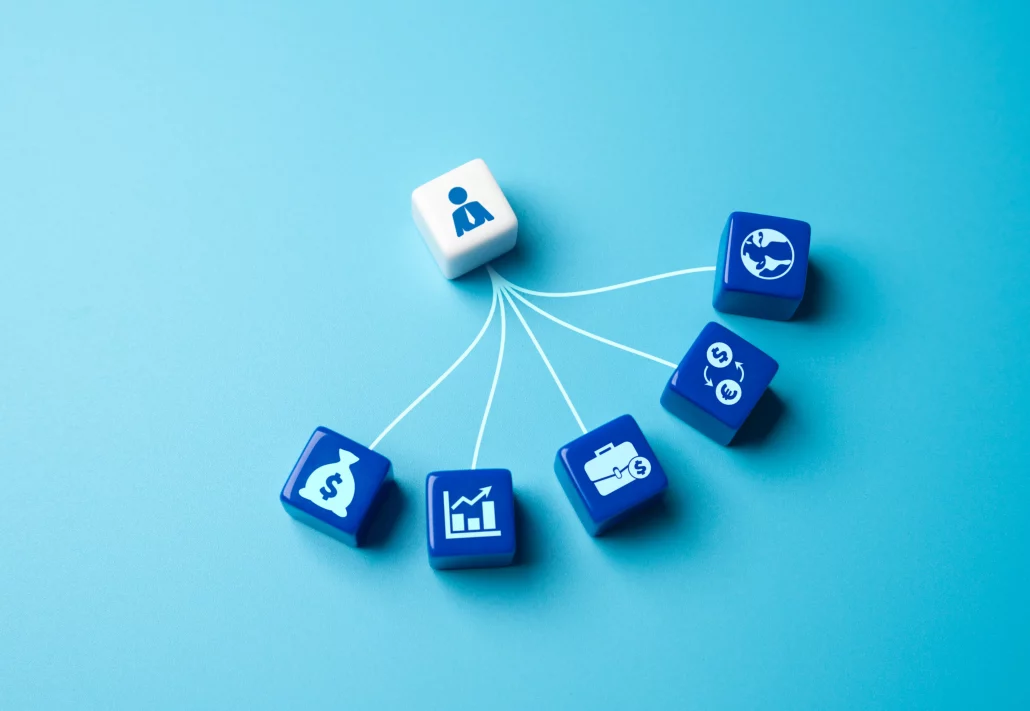Procure to pay steps are the backbone of a well-functioning financial and supply chain process. From identifying a need to issuing payment, each stage plays a critical role in ensuring accuracy, speed, and control. When powered by a modern procure to pay solution, these steps become more than just routine — they become strategic.
Let’s walk through the key steps and explore how automation transforms each one.
What are the key steps of Procure to Pay (P2P)?
1. Requisition and Approval
The procure to pay steps begin with a requisition. Someone identifies a need – whether it’s goods, services, or materials – and submits a request. This request goes through an approval workflow based on spend limits, department, or other rules.
A procure to pay solution simplifies this step by automating approvals and ensuring that only valid, budgeted requests move forward. Because approvals are tracked digitally, there’s no confusion or delay.
Watch our video round-up below:
2. Purchase Order Creation
Once approved, a purchase order (PO) is generated and sent to the supplier. The PO outlines the agreed terms, quantities, and pricing. This formal document ensures both sides are aligned before any goods or services are delivered.
Procure to pay solutions help create POs automatically, pulling data from approved requisitions so that errors are reduced, and the process moves faster. Plus, electronic POs are easier to track and audit.
3. Goods or Services Receipt
After the supplier delivers, the receiving team checks the delivery against the PO. This procure to pay step confirms that the correct items arrived in good condition. A goods receipt note (GRN) may be created to document the delivery.
With a procure to pay solution, this step is integrated into the workflow. Because discrepancies are flagged early, teams can resolve issues before they affect payment. Automation also helps track delivery timelines and supplier performance.
4. Invoice Matching and Validation
In the next procure to pay step, the supplier sends an invoice, which is matched against the PO and GRN. This three-way match ensures that what was ordered, received, and billed all align. If everything checks out, the invoice is then approved for payment.
Procure to pay solutions automate this matching process so that errors and mismatches are caught quickly, and manual reviews are minimised. This step is crucial for maintaining accuracy and avoiding overpayments.
5. Payment Scheduling and Execution
Once validated, the invoice enters the payment queue. Payments are scheduled based on terms, cash flow, and discount opportunities. A smart procure to pay solution can optimise payment timing to take advantage of early settlement discounts or avoid late fees.
Because everything is tracked in one system, finance teams gain full visibility into upcoming obligations. Payments are issued on time, and records are then updated automatically.
Why Automating Procure to Pay Steps Matters
Automating procure to pay steps improves speed, accuracy, and control. It reduces manual work, eliminates bottlenecks, and strengthens supplier relationships. But more importantly, it connects procurement and finance into one seamless process.
With a procure to pay solution like B2BE’s, businesses gain real-time visibility, better cash management, and higher match rates. Each step becomes part of a unified workflow that supports smarter decisions and stronger financial outcomes.
If your current process feels slow or error-prone, it may be time to rethink how you manage procure to pay steps. Because when every stage is connected and automated, the entire cycle becomes more efficient and more valuable.

